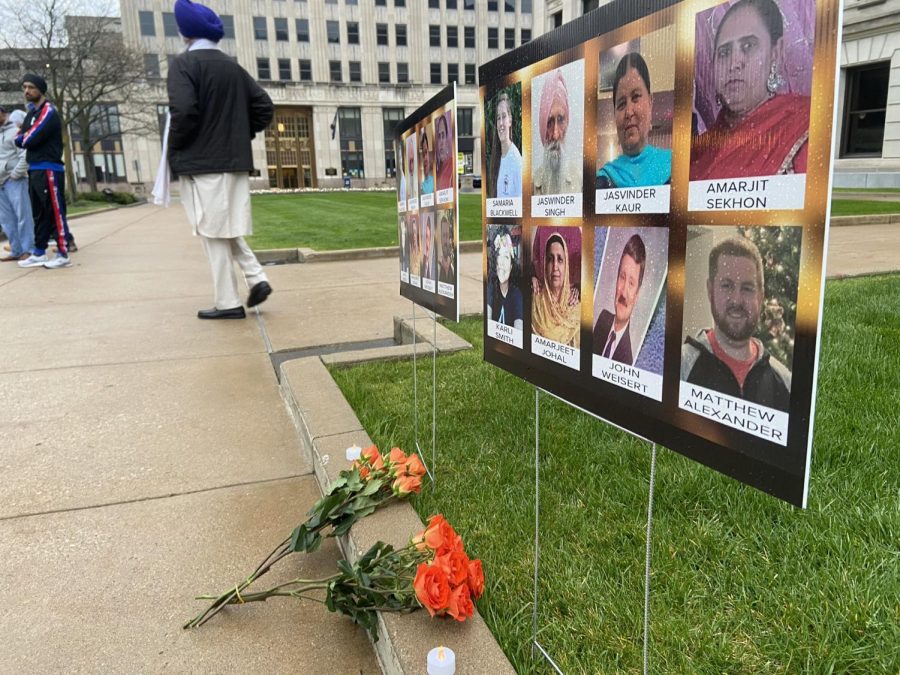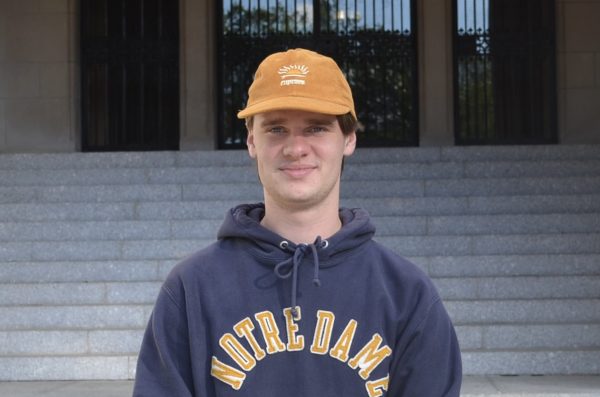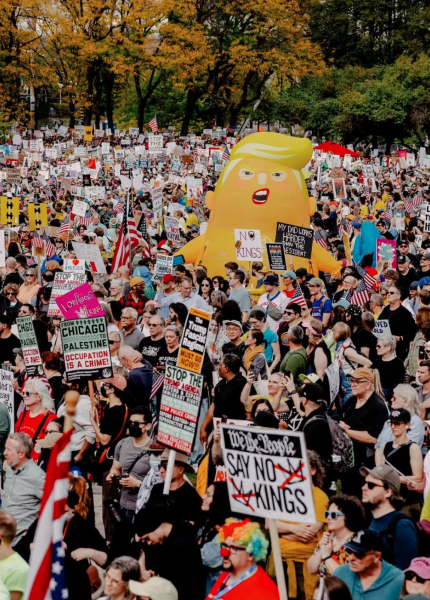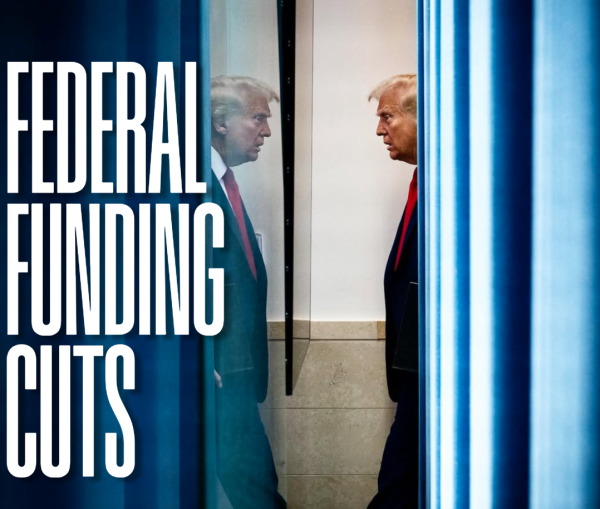Recent Shootings Continue to Emphasize Need for Gun Control
There is one common denominator between the killing of Adam Toledo by a police officer and the deaths of eight people during a shooting at FedEx in Indianapolis: gun violence. As vaccines are administered around the U.S. and the country slowly reopens, it is time for us to face the issue of gun violence, an American pandemic in and of itself.
The 19-year-old gunman who fatally shot eight people — at least four of whom were members of the Sikh community — at a FedEx facility, earlier this month legally purchased the two semi-automatic rifles used in the attack. In March 2020, the gunman’s mother raised concerns about his mental state which led police to take away his shotgun. However, the authorities did not deem the gunman subject to Indiana’s red flag law, “which bars people from possessing a firearm if they are found by a judge to present a dangerous risk.” He was then able to legally purchase more firearms after police had already seized one from him due to his mental state. If that does not subject someone to Indiana’s red flag law, then what does?
The issue does not end here. 13-year-old Adam Toledo was shot and killed by a police officer moments after dropping his weapon and putting his hands in the air. Yes, Toledo was armed, but the police officer who was on the scene gave him little chance to drop his weapon. Toledo had dropped his weapon and had his hands in the air less than a second before the officer fired his gun. While some may portray this as the officer’s self-defense, the body camera footage makes it clear that Toledo was not attempting to shoot and kill the police officer. Aside from the issue of gun violence, there is also a clear difference in the way police officers treat individuals, depending on their skin color. For example, Kyle Rittenhouse is the 17-year-old who freely walked the streets with an assault rifle without being shot at by the police.
However, with both of these tragic incidents, the common denominator of gun violence stays the same. If both of these shooters were stripped of their guns, the headlines and news stories simply wouldn’t exist. For the FedEx shooting, if the gunman were simply stopped from buying firearms after his first weapon was seized from him, this shooting would have never occurred. For the killing of Adam Toledo, if the officer simply used pepper spray or just spoke to the 13-year-old boy, chances are this tragedy would not have occurred either. These deaths were completely preventable.
These shootings increased gun violence awareness, and the police officer responsible for the death of Adam Toledo has been put on paid leave. Nevertheless, gun reform is still not occurring. Whenever a shooting happens, the shooter is labeled as a bad apple, a unique individual that remains a rarity in society. Guns are still not seen as the problem in these situations, but they are. Society cannot ban these so-called “bad apples” from existing; what we can do is restrict these “bad apples” from getting their hands on weapons that can kill multiple people in a matter of seconds. Gun reform has still not occurred because Americans refuse to acknowledge that guns are the problem.
By clinging to the fact that the right to bear arms is written within the constitution alongside those as vital as the right to vote, Americans continue to validate the right to bear arms with a piece of paper that was written when “arms” were muskets that took upwards of a minute to load and shoot a single round.
After the FedEx shooting and the killing of Adam Toledo, one thing is clear: Gun reform must happen if Americans want to escape the plague of gun violence.
Cory Bork, FCRH ’23, is a communications and culture major from Robbinsville, N.J.

Cory Bork is a senior majoring in communication and culture with a minor in marketing. Beginning in his sophomore year, Cory wrote articles extensively...








































































































































































































